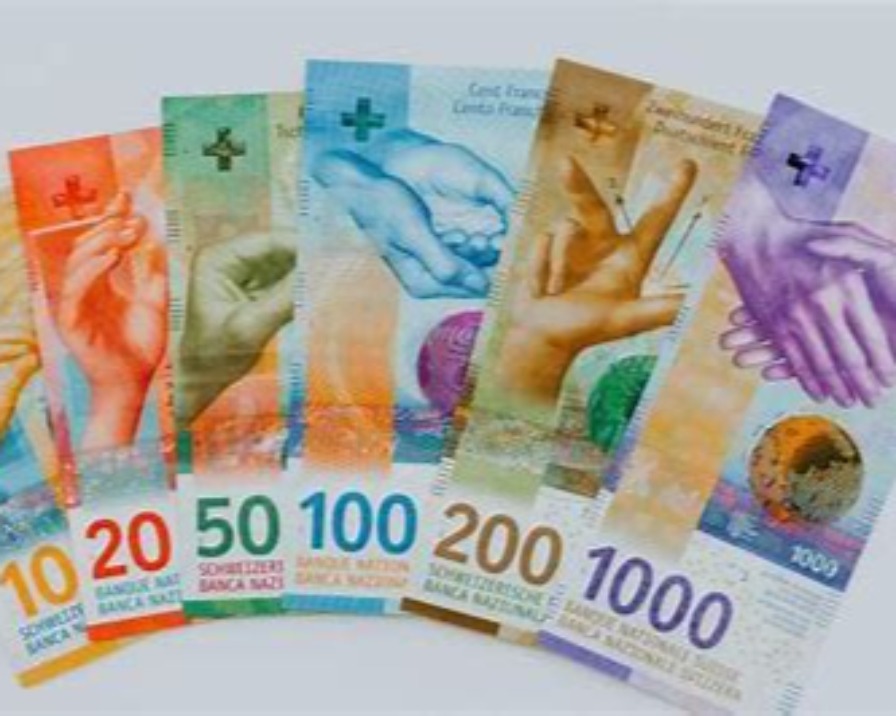In the intricate dance of global currencies, the Chinese yuan has been a central figure in recent months. Chinese businesses, sensing a potential weakening in their own currency, have been accumulating U.S. dollars, setting off a series of market dynamics that are shaping both domestic and international economic landscapes.
The Yuan's Slide and Dollar Hoarding
At the heart of this trend is the yuan's slide against the dollar, reaching five-month lows and depreciating by 1.9% since the beginning of the year. This downward trajectory has been fueled by several factors, including wobbly stock markets and sluggish economic growth in China, the world's second-largest economy. The resulting feedback loop, where businesses hoard dollars in anticipation of further yuan depreciation, is amplifying the currency's decline.
Market Responses and Accumulation of Dollars
The response from Chinese businesses has been notable. Foreign exchange deposits have surged by an impressive $53.7 billion since September, reaching a total of $832.6 billion, according to data from the People's Bank of China (PBOC). This accumulation of dollars reflects not just a defensive posture against potential currency devaluation but also a strategic move to capitalize on higher returns offered by dollar-denominated assets compared to yuan-based investments.
Analyzing the Feedback Loop
Market analysts have been closely monitoring this feedback loop between dollar hoarding and yuan depreciation. To break this cycle, two key scenarios are often discussed: either the U.S. Federal Reserve implements significant interest rate cuts or the yuan reaches a new equilibrium point. However, both scenarios seem distant given the current economic conditions and policy trajectories.
Federal Reserve Policy and Dollar Strength
The outlook for Federal Reserve policy plays a crucial role in these currency dynamics. Recent signals from the Fed suggest a reluctance to rush into rate cuts despite persistent inflationary pressures. This stance has bolstered the dollar's strength, making dollar-denominated assets more attractive to investors globally.
Impact on Chinese Exporters and Domestic Economy
The yuan's decline has implications beyond currency markets. Chinese exporters, traditionally reliant on a competitive yuan for exports, are facing challenges as the currency weakens. Regular inflows from export earnings have diminished, as businesses opt to hold dollars offshore, where they can earn higher interest rates compared to yuan deposits at home.
Regulatory Responses and Market Sentiments
Despite these shifts, Chinese regulators have thus far shown a measured response to the accumulation of dollars by businesses and citizens. While state banks, acting on behalf of the PBOC, have intervened in currency markets to support the yuan, there has been no immediate push to compel exporters to convert their dollar earnings into yuan.
Comparative Currency Performance and Trade Competitiveness
In the broader context of global currencies, the yuan's depreciation has been relatively moderate compared to some of its counterparts. For instance, the Japanese yen has depreciated by 9% against the dollar this year, impacting Japan's trade competitiveness significantly. China's trade surplus, while still substantial, has seen an 11% decline from the previous year, reflecting these currency dynamics.
Global Economic Factors and Safe-Haven Status of the Dollar
The dollar's strength extends beyond domestic factors. Geopolitical tensions, particularly between Israel and Iran, have added a safe-haven appeal to the dollar, further bolstering its value in international markets. This safe-haven status has attracted investors seeking stability amid global uncertainties.
Market Reactions and Future Projections
As the dollar continues its upward trajectory against major currencies like the euro and the yen, market participants are closely monitoring potential interventions by central banks, particularly in Japan, where concerns about currency devaluation have been prominent. Traders and investors are adjusting their strategies in response to these currency dynamics, which are shaping investment decisions and global trade patterns.
Conclusion
The interplay between the yuan's depreciation, dollar hoarding by Chinese businesses, Federal Reserve policy, and global economic uncertainties underscores the complexity of currency markets. As these dynamics evolve, stakeholders in the global economy must navigate a landscape characterized by fluctuating exchange rates, geopolitical tensions, and shifting investor sentiments. The coming months will be critical in determining the trajectory of currency markets and the broader economic outlook, requiring proactive monitoring and adaptive policy responses from policymakers and market participants alike.



